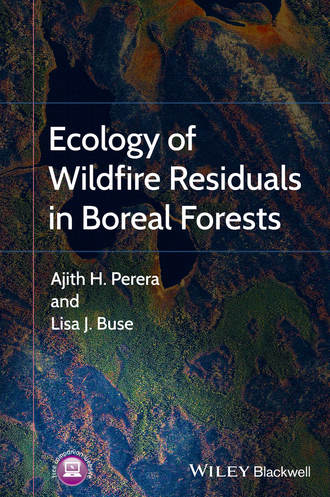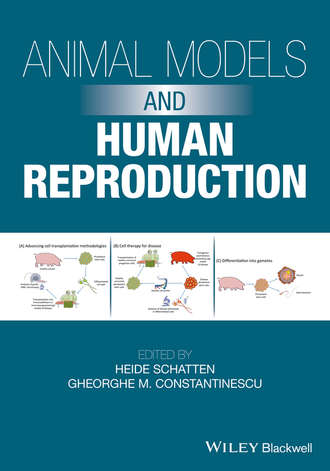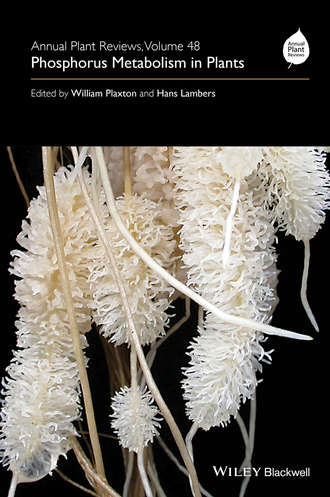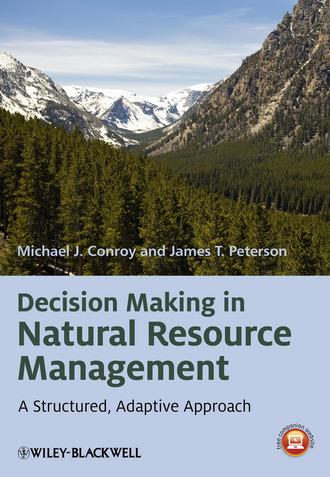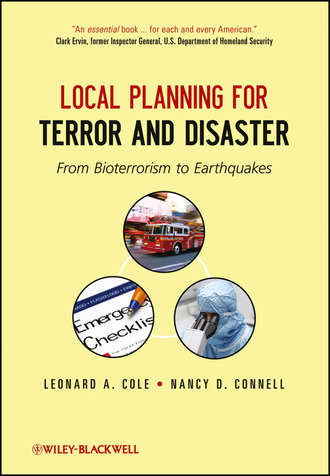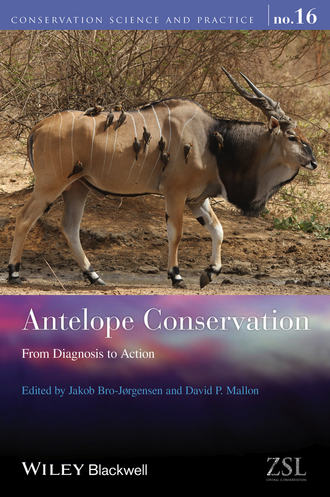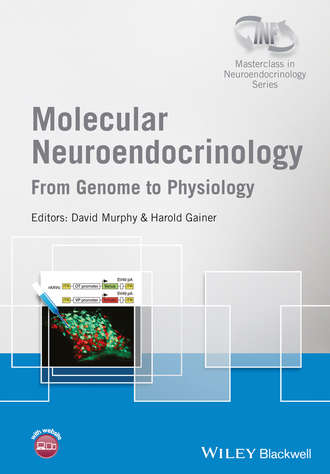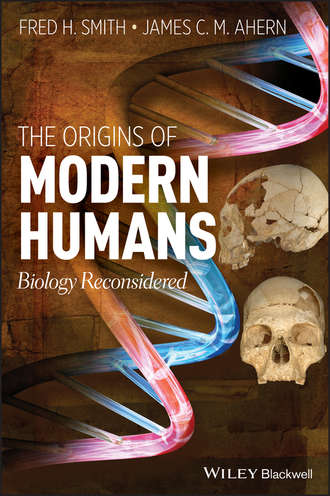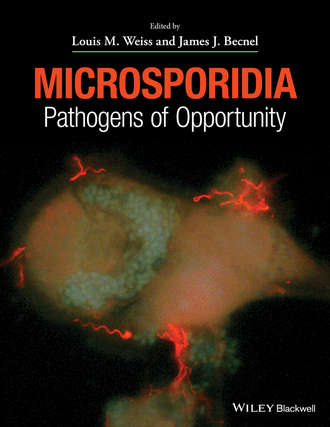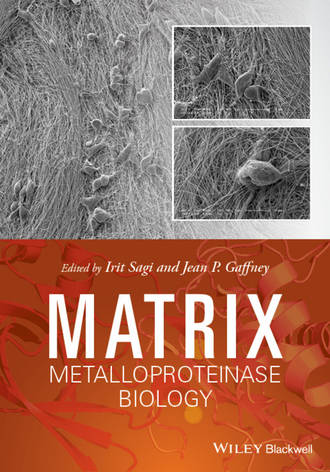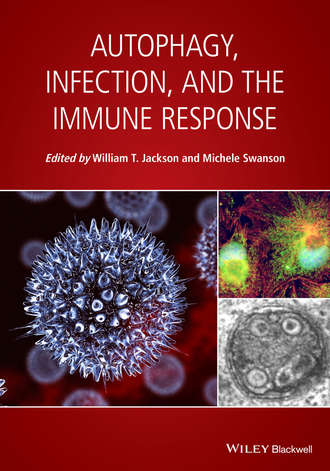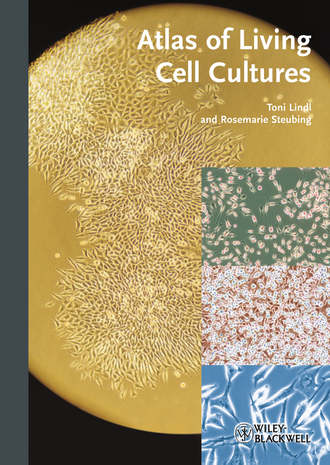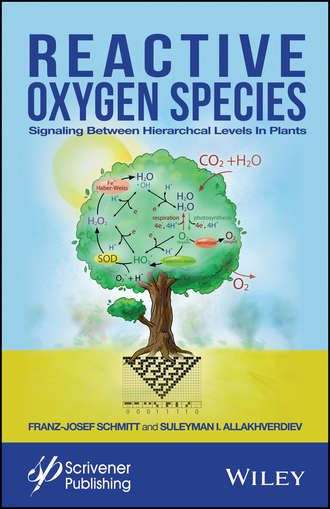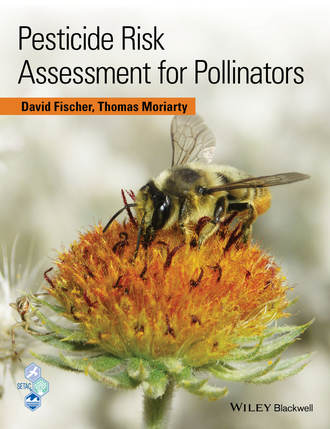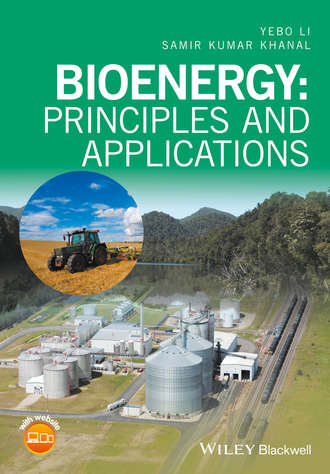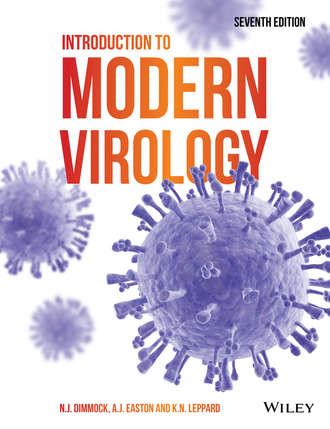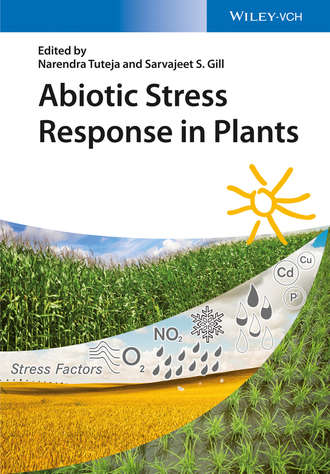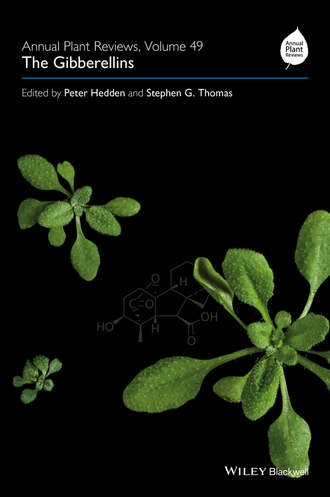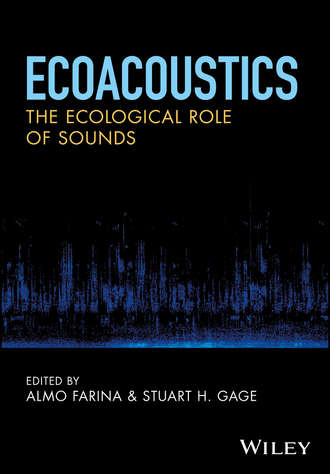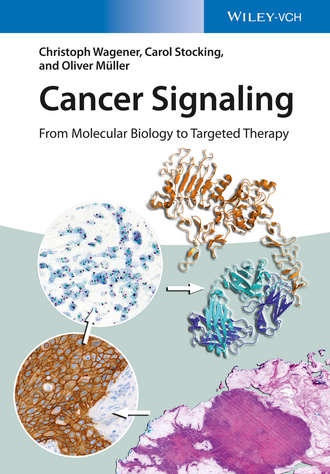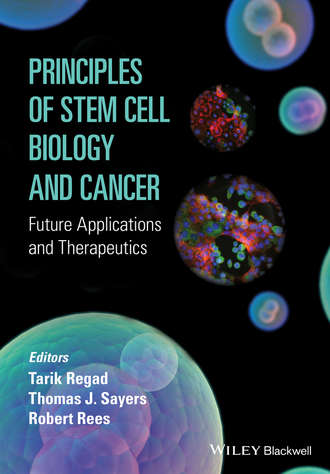общая биология
Ecology of Wildfire Residuals in Boreal Forests
Ajith Perera
Large and intense wildfires are integral to the globally important boreal forest biome. While much is known about boreal wildfires, the focus on forest remnants that either escape or survive these intense fires is a recent phenomenon: academics...
Animal Models and Human Reproduction
Группа авторов
Our knowledge of reproductive biology has increased enormously in recent years on cellular, molecular, and genetic levels, leading to significant breakthroughs that have directly benefitted in vitro fertilization (IVF) and other assisted...
Annual Plant Reviews, Phosphorus Metabolism in Plants
Группа авторов
The development of phosphorus (P)-efficient crop varieties is urgently needed to reduce agriculture's current over-reliance on expensive, environmentally destructive, non-renewable and inefficient P-containing fertilizers. The sustainable...
Decision Making in Natural Resource Management
Michael J. Conroy
This book is intended for use by natural resource managers and scientists, and students in the fields of natural resource management, ecology, and conservation biology, who are confronted with complex and difficult decision making problems. The...
The Molecular Biology of Cancer
Группа авторов
The Molecular Biology of Cancer, Stella Pelengaris & Michael Khan This capturing, comprehensive text, extensively revised and updated for its second edition, provides a detailed overview of the molecular mechanisms underpinning the development...
Local Planning for Terror and Disaster
Leonard A. Cole
Local Planning for Terror and Disaster gives voice to experts in key fields involved with local preparedness, assessing the quality of preparedness in each field, and offering directions for improvement. Introductory chapters provide overviews...
Plant-Environment Interaction
Parvaiz Ahmad
The increase in global population, urbanization and industrialization is resulting in the conversion of cultivated land into wasteland. Providing food from these limited resources to an ever-increasing population is one of the biggest challenges...
Ecology of North America
Brian R. Chapman
North America contains an incredibly diverse array of natural environments, each supporting unique systems of plant and animal life. These systems, the largest of which are biomes, form intricate webs of life that have taken millennia to evolve....
Molecular and Biochemical Toxicology
Группа авторов
Written as an advanced text for toxicology students, this book is much more than an introduction and provides in-depth information describing the underlying mechanisms through which toxicants produce their adverse responses. • Links traditional...
Molecular Medicine
Jens Kurreck
Easy to read, yet comprehensive, this is the perfect introduction into the molecular basis of disease and the novel treatment options that have become available. The authors, Jens Kurreck and Cy Stein, have both long-standing teaching experience...
Antelope Conservation
Группа авторов
Antelopes constitute a fundamental part of ecosystems throughout Africa and Asia where they act as habitat architects, dispersers of seeds, and prey for large carnivores. The fascication they hold in the human mind is evident from prehistoric...
Biofilms in Plant and Soil Health
Группа авторов
Biofilms are predominant mode of life for microbes under natural conditions. The three-dimensional structure of the biofilm provides enhanced protection from physical, chemical and biological stress conditions to associated microbial...
Molecular Neuroendocrinology
David S. Murphy
Molecular Neuroendocrinology: From Genome to Physiology, provides researchers and students with a critical examination of the steps being taken to decipher genome complexity in the context of the expression, regulation and physiological...
The Origins of Modern Humans
Fred H. Smith
This update to the award-winning The Origins of Modern Humans: A World Survey of the Fossil Evidence covers the most accepted common theories concerning the emergence of modern Homo sapiens—adding fresh insight from top young scholars on the key...
Microsporidia
Louis M. Weiss
Microsporidia: Pathogens of Opportunity provides a systematic overview of the biology of microsporidia. Written by leading experts in the field, the book combines background and basic information on microsporidia with descriptive methods and...
Matrix Metalloproteinase Biology
Группа авторов
Discussing recent advances in the field of matrix metalloproteinase (MMP) research from a multidisciplinary perspective, Matrix Metalloproteinase Biologyis a collection of chapters written by leaders in the field of MMPs. The book focuses on the...
Autophagy, Infection, and the Immune Response
Группа авторов
The relationship between infection and immunity and autophagy, a pathway of cellular homeostasis and stress response, has been a rapidly growing field of study over the last decade. While some cellular processes are pro- or anti-infection,...
Starting out in Statistics
Peter M. B. Cahusac
To form a strong grounding in human-related sciences it is essential for students to grasp the fundamental concepts of statistical analysis, rather than simply learning to use statistical software. Although the software is useful, it does not...
The Fundamentals of Scientific Research
Marcy A. Kelly
The Fundamentals of Scientific Research: An Introductory Laboratory Manual is a laboratory manual geared towards first semester undergraduates enrolled in general biology courses focusing on cell biology. This laboratory curriculum centers on...
Wnt Signaling in Development and Disease
Stefan P. Hoppler
Wnt signaling in Development and Disease: Molecular Mechanisms and Biological Functions reviews the core topics in Wnt signaling, from molecular pathway mechanisms to its role in embryogenesis, adult tissue homeostasis, and chronic disease....
Oxidative Stress and Antioxidant Protection
Группа авторов
Oxidative Stress and Antioxidant Protection: The Science of Free Radical Biology and< Disease provides an overview of the basic principles of free radical formation. The text delves into free radical formation in molecular biology and its effect...
Atlas of Living Cell Cultures
Toni Lindl
The first atlas in many years giving researchers a good visual reference of the status of their cell lines. Given the increasing importance of well defined cellular models in particular in biomedical research this is a sorely needed resource for...
Molecular Analysis and Genome Discovery
Группа авторов
Molecular Analysis and Genome Discovery, Second Edition is a completely revised and updated new edition of this successful book. The text provides a comprehensive overview of recent developments in the fast moving field of molecular based...
Reactive Oxygen Species
Группа авторов
Photosynthesis and the complex network within plants is becoming more important than ever, because of the earth’s changing climate. In addition, the concepts can be used in other areas, and the science itself is useful in practical applications...
Pesticide Risk Assessment for Pollinators
David Fischer
Pollinators play a vital role in ecosystem health and are essential to ensuring food security. With declines in both managed and wild pollinator populations in recent years, scientists and regulators have sought answers to this problem and have...
Saving the Earth as a Career
David B. Lindenmayer
Written in an informal and engaging style, Saving the Earth as a Career is an ideal resource for students and professionals pursuing a career in conservation. The book explores the major skills needed to become an effective conservation...
Genomes, Evolution, and Culture
Rene J. Herrera
This book combines recent information and discoveries in the field of human molecular biology and human molecular evolution. It provides an interdisciplinary approach drawing together data from various diverse disciplines to address both the...
Wildlife Ecology, Conservation, and Management
Graeme Caughley
To understand modern principles of sustainable management and the conservation of wildlife species requires intimate knowledge about demography, animal behavior, and ecosystem dynamics. With emphasis on practical application and quantitative...
Translational Research and Discovery in Gastroenterology
Deborah L. Gumucio
Translational Gastroenterology: Organogenesis to Disease bridges the gap between basic and clinical research by providing information on GI (gastrointestinal) organ development discovered through scientific inquiry, alongside clinical...
Bioenergy
Samir Kumar Khanal
The search for altenative, renewable sources of fuel and energy from plants, algae, and waste materials has catalyzed in recent years. With the growing interest in bioenergy development and production there has been increasing demand for a broad...
Introduction to Modern Virology
Nigel J. Dimmock
Praised forits clarity of presentation and accessibility, Introduction to Modern Virology has been a successful student text for over 30 years. It provides a broad introduction to virology, which includes the nature of viruses, the interaction...
Integrative Organismal Biology
Lynn B. Martin
Integrative Organismal Biology synthesizes current understandings of the causes and consequences of individual variation at the physiological, behavioral and organismal levels. Emphasizing key topics such as phenotypic plasticity and...
Ecological Methods
Peter A. Henderson
4th edition of this classic Ecology text Computational methods have largely been replaced by descriptions of the available software Includes procedure information for R software and other freely available software systems Now includes web...
Darwin's Sciences
Peter Graham
A complete scientific biography of Darwin that takes into account the latest research findings, both published and unpublished, on the life of this remarkable man. Considered the first book to thoroughly emphasize Darwin’s research in various...
Microbiology of Aerosols
Группа авторов
An introduction to the microbiology of bioaerosols and their impact on the world in which we live The microbiology of aerosols is an emerging field of research that lies at the interface of a variety of scientific and health-related disciplines....
Antimicrobial Resistance in Wastewater Treatment Processes
Группа авторов
Antimicrobial resistance is arguably the greatest threat to worldwide human health. This book evaluates the roles of human water use, treatment and conservation in the development and spread of antimicrobial resistance. Designed as a companion...
Practical Medical Microbiology for Clinicians
Frank E. Berkowitz
Infectious diseases constitute a major portion of illnesses worldwide, and microbiology is a main pillar of clinical infectious disease practice. Knowledge of viruses, bacteria, fungi, and parasites is integral to practice in clinical infectious...
Emerging Epidemics
Prakash S. Bisen
A global perspective on the management and prevention of emerging and re-emerging diseases Emerging infectious diseases are newly identified or otherwise previously unknown infections that cause public health challenges. Re-emerging infectious...
Abiotic Stress Response in Plants
Narendra Tuteja
Understanding abiotic stress responses in plants is critical for the development of new varieties of crops, which are better adapted to harsh climate conditions. The new book by the well-known editor team Narendra Tuteja and Sarvajeet Gill...
Annual Plant Reviews, The Gibberellins
Группа авторов
First discovered as fungal metabolites, the gibberellins were recognised as plant hormones over 50 years ago. They regulate reproductive development in all vascular plants, while their role in flowering plants has broadened to include also the...
Ecoacoustics
Группа авторов
The sounds produced by geophonic, biophonic and technophonic sources are relevant to the function of natural and human modified ecosystems. Passive recording is one of the most non-invasive technologies as its use avoids human intrusion during...
Evolution, the Logic of Biology
John S. Torday
By focusing on the cellular mechanisms that underlie ontogeny, phylogeny and regeneration of complex physiologic traits, Evolution, the Logic of Biology demonstrates the use of homeostasis, the fundamental principle of physiology and medicine,...
Handbook of Road Ecology
Rodney van der Ree
Winner of the IENE Project Award 2016. This authoritative volume brings together some of the world’s leading researchers, academics, practitioners and transportation agency personnel to present the current status of the ecological sustainability...
Natural Products
Группа авторов
Natural Products: Discourse, Diversity and Design provides an informative and accessible overview of discoveries in the area of natural products in the genomic era, bringing together advances across the kingdoms. As genomics data makes it...
Animal Signaling and Function
Группа авторов
The diversity of animal signals has been widely documented, and the generality of animal signals also tantalizingly suggests that there are common mechanisms that have selected for their origin. However, while much progress has been made on some...
Fluid Dynamics in Complex Fractured-Porous Systems
Группа авторов
Despite of many years of studies, predicting fluid flow, heat, and chemical transport in fractured-porous media remains a challenge for scientists and engineers worldwide. This monograph is the third in a series on the dynamics of fluids and...
Molekularbiologie
Mike White
Kompakt und »verdammt clever« auf den Punkt gebracht – vermittelt Molekularbiologie das unverzichtbare Grundwissen zu Struktur, Biosynthese und Funktion von DNA und RNA und erkl?rt, wie diese untereinander und mit Proteinen interagieren. Endlich...
Autoecology and Ecophysiology of Woody Shrubs and Trees
Ratikanta Maiti
Forest trees and shrubs play vital ecological roles, reducing the carbon load from the atmosphere by using carbon dioxide in photosynthesis and by the storage of carbon in biomass and wood as a source of energy. Autoecology deals with all...
Cancer Signaling, Enhanced Edition
Oliver M?ller
Cancer, which has become the second-most prevalent health issue globally, is essentially a malfunction of cell signaling. Understanding how the intricate signaling networks of cells and tissues allow cancer to thrive – and how they can be turned...
Principles of Stem Cell Biology and Cancer
Tarik Regad
Principles of Stem Cell Biology and Cancer: Future Applications and Therapeutics Tarik Regad, The John van Geest Cancer Research Centre, Nottingham Trent University, UK, Thomas J. Sayers, Centre for Cancer Research, National Cancer Institute,...
